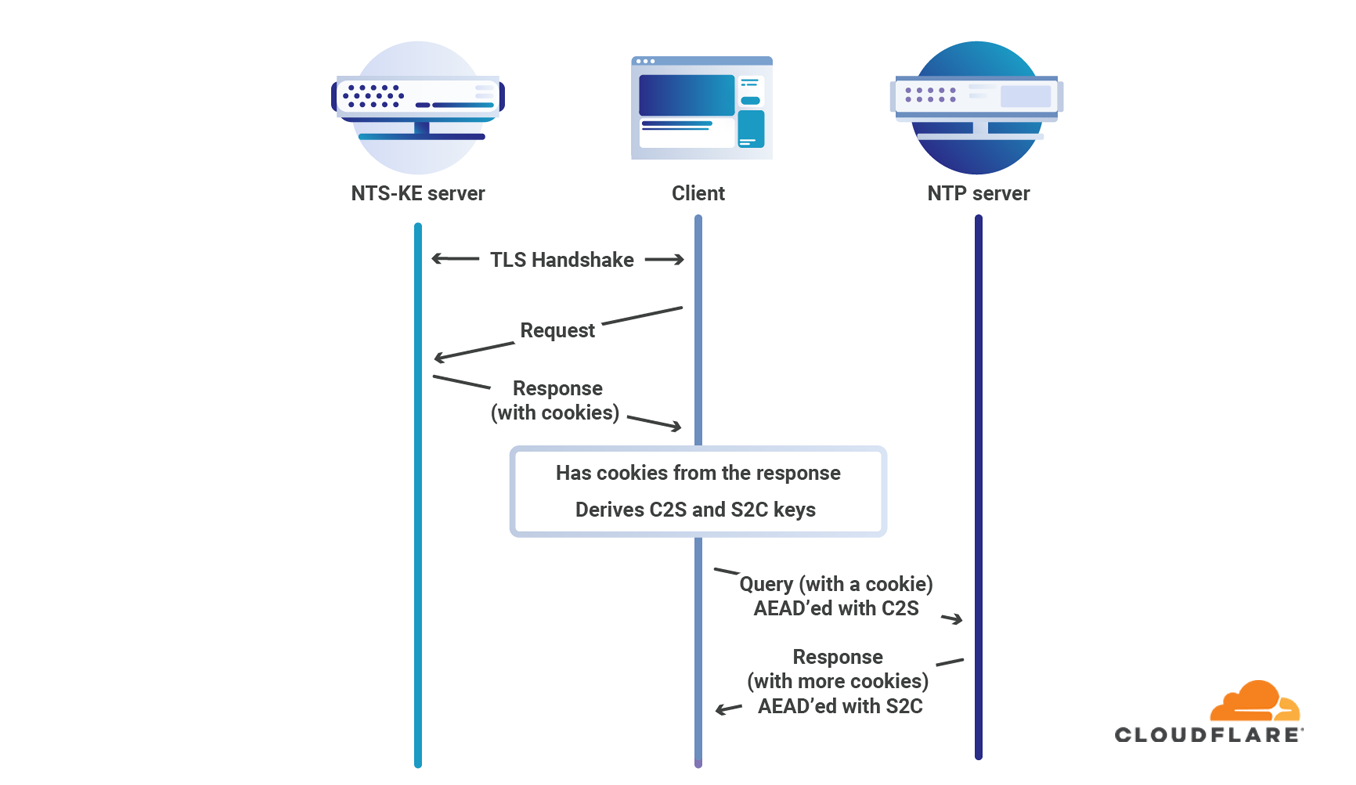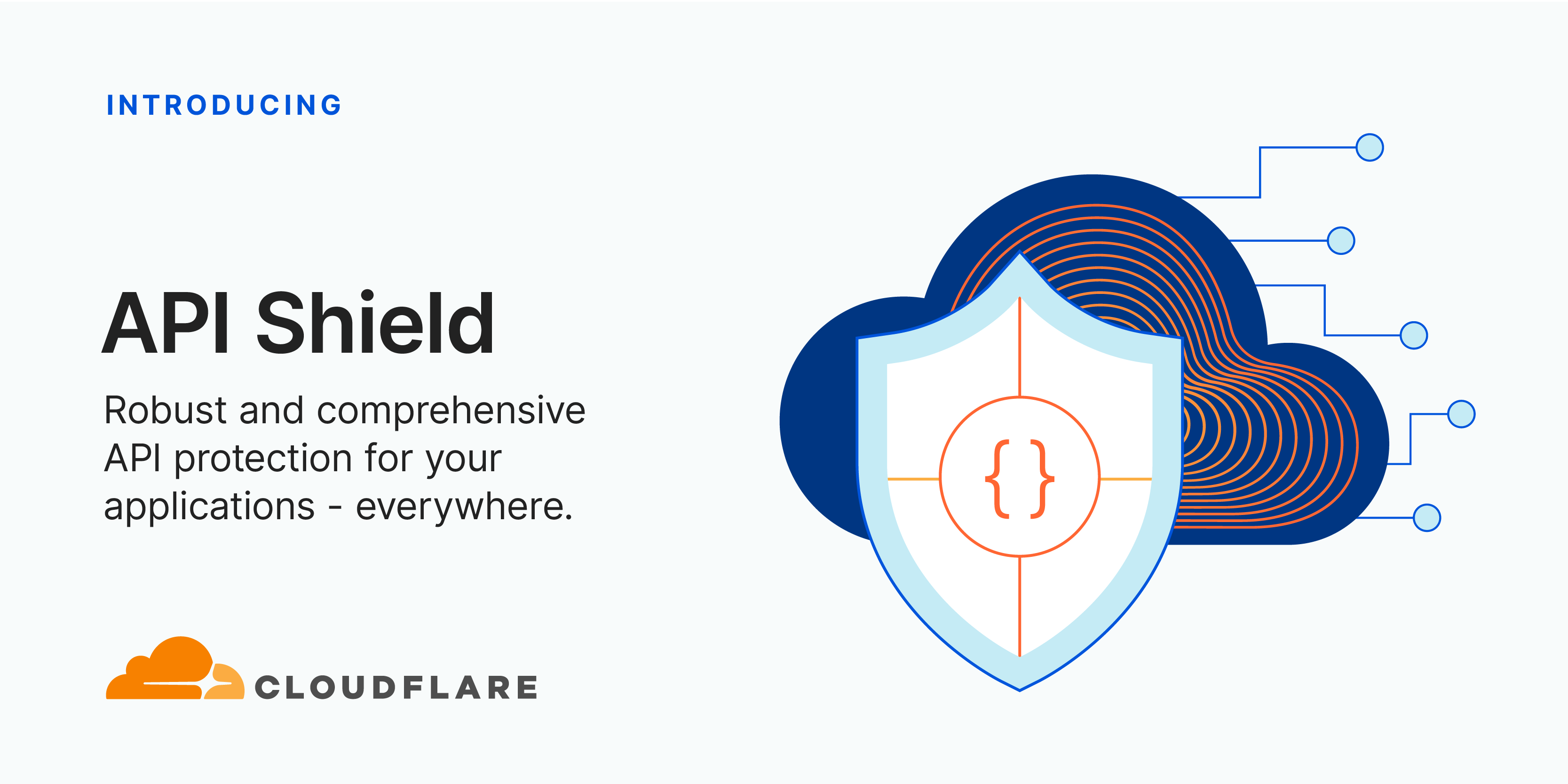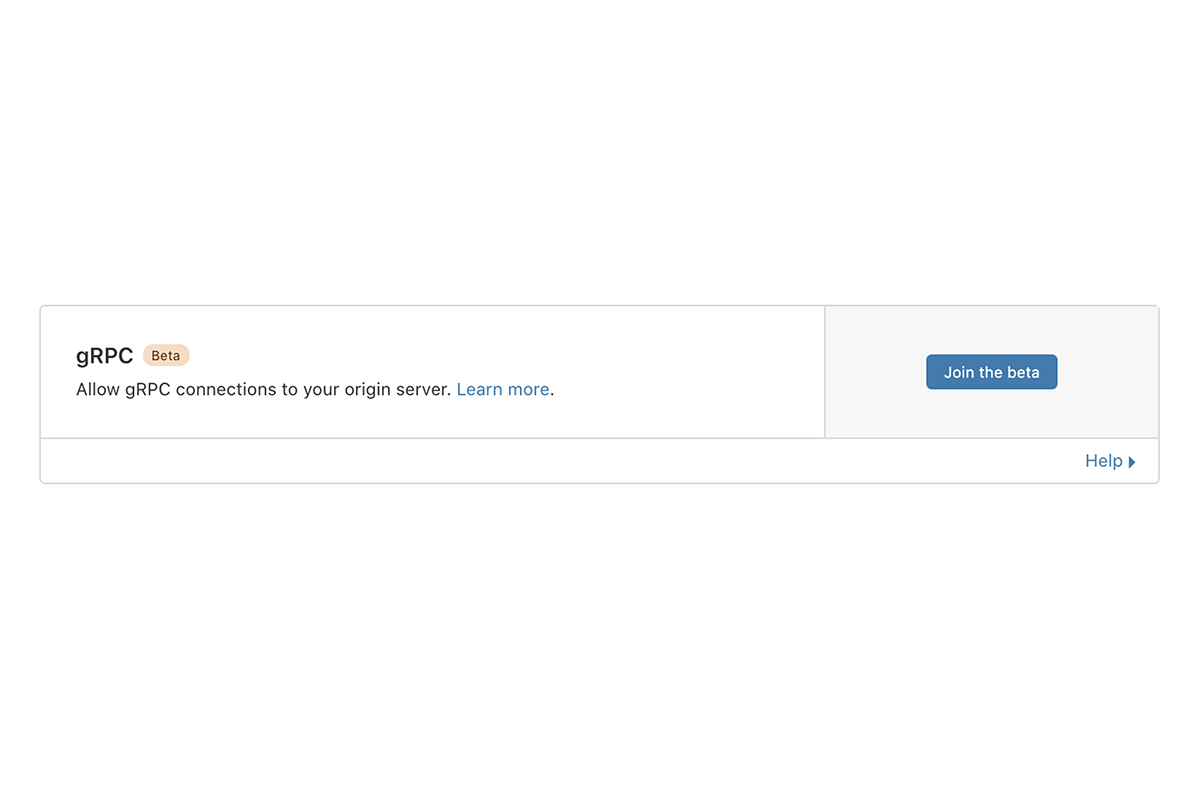Towards an API for the real numbers, Boehm, PLDI’20
Last time out we saw that even in scientific computing applications built by experts, problems with floating point numbers are commonplace. The idiosyncrasies of floating point representations also show up in more everyday applications such as calculators and spreadsheets. Here the user-base is less inclined to be sympathetic:
If arithmetic computations and results are directly exposed to human users who are not floating point experts, floating point approximations tend to be viewed as bugs.
Hans-J. Boehm, author of today’s paper, should know, because he’s been involved in the development of the Android calculator app. That app is subject to “voluminous (public) user feedback”, and in the 2014 floating-point based calculator, bug reports relating to inaccurate results, unnecessary zeroes, and the like.
It’s a classic software development moment. The bug / feature request that looks just like any other ordinary issue on the outside, but takes you from straightforward implementation to research-level problem on the inside! In this case, the realisation that you can’t just use standard IEEE floating point operations anymore.
For calculators, spreadsheets, and many other applications we don’t need the raw performance of hardware floating point operations. But Continue reading
 )
)





